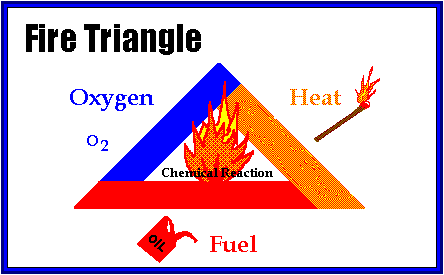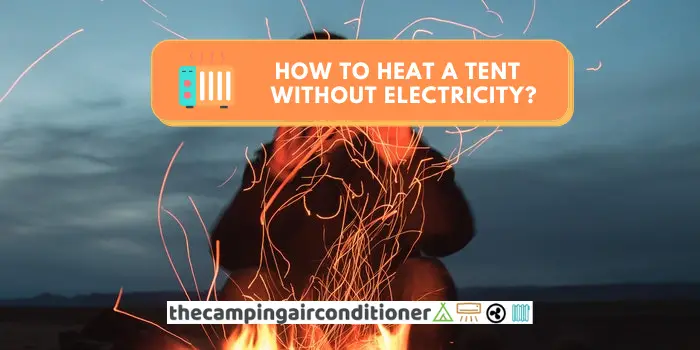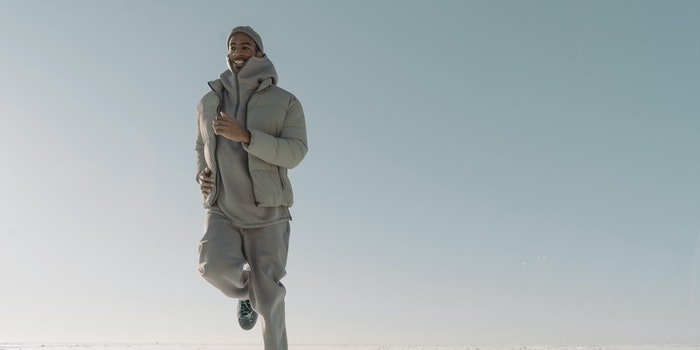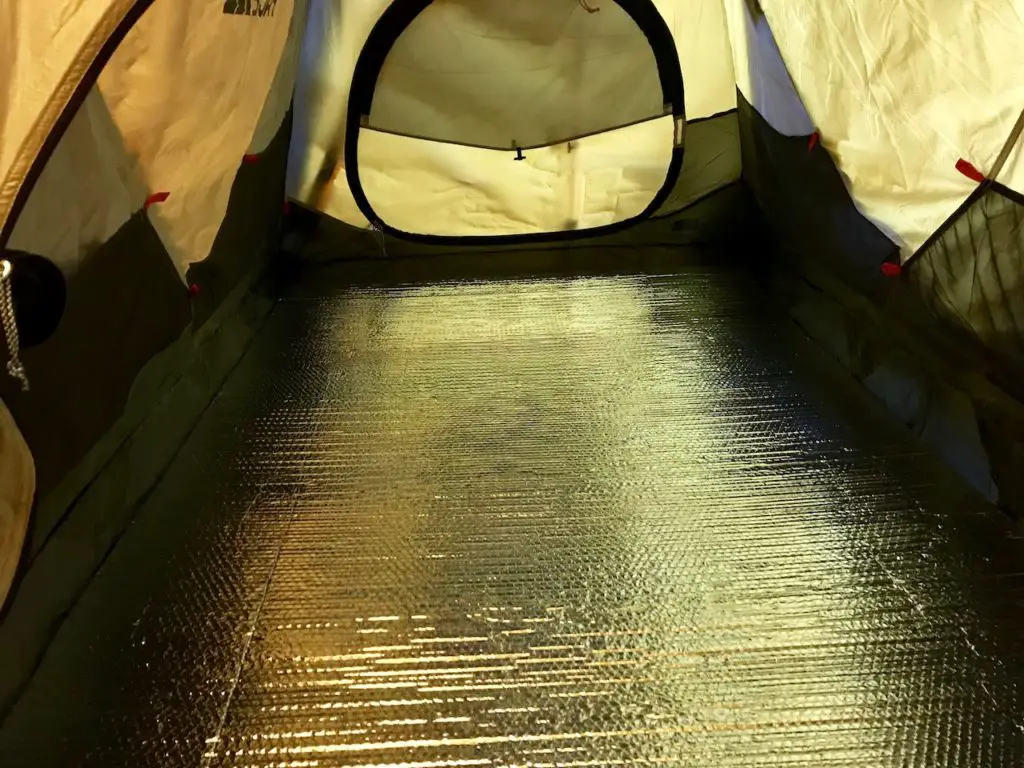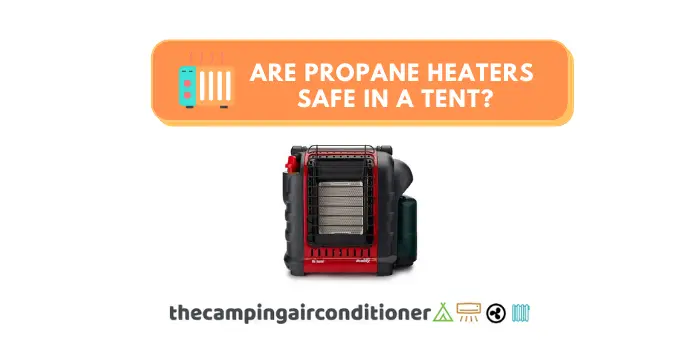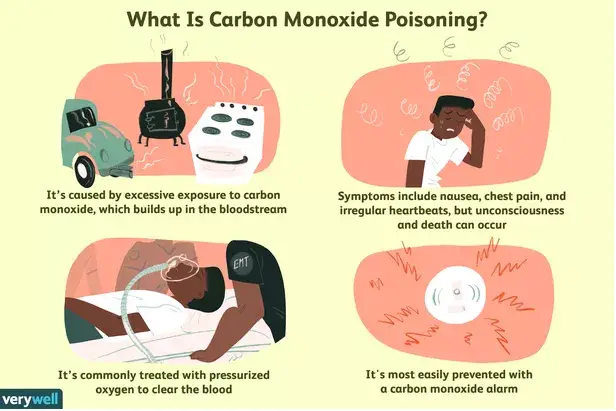How hot is a campfire? We answer in this article.
A campfire might be a good alternative for tent heaters. They might provide you with warmth and create a cozy environment for a scenic outdoor night. After a long day, setting up a fire to relax and enjoy a conversation with friends and family is a great idea. But how hot is a campfire?
The temperature of a campfire can range from approximately 900°F (~482°C) to 2000°F (~1100°C). The final warmth level will depend on many things, such as the type of fuel used, the amount of available oxygen, and the fire’s size.
Curiosity: The temperature of 2000°F (~1100°C) is above the melting point for various metals, including aluminium, copper, gold, and silver.
Source: www.metalsupermarkets.com/
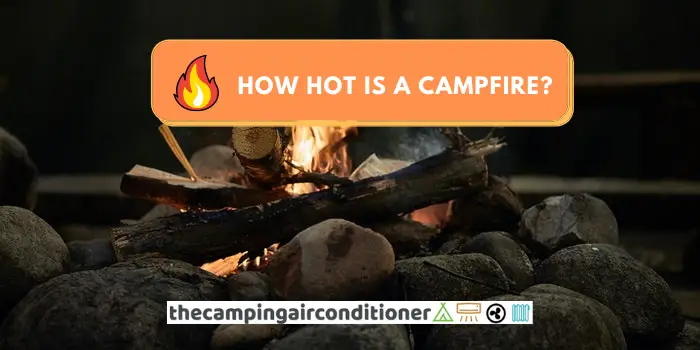
What impacts the temperature of a campfire?
Element 1 - The Type of Fuel
There are multiple fuel options to create your campfires such as propane, natural gas, and firewood. Virtually speaking, they all can reach 2000°F (~1100°C). Each of them comes with benefits and drawbacks. Let’s have a look!
Fuel Source 1 - Propane Campfire
You should probably consider buying a portable propane fire pit if you are camping. There are multiple advantages associated with it:
· You don’t need to collect/have firewood or even dry it out
· They produce smokeless flame, which is considerably better for your eyes and respiratory system
· Once you start It, you don’t need to keep “feeding” it with more wood
· They usually come with safety devices, such as buttons to create and extinguish the fire
On the other hand, you might need to continuously monitor your propane tank and check fuel levels to ensure that your fire continues. Furthermore, propane fire is not ideal for cooking and roasting (note: you can still use it for cooking, but remember that they are not the best option for it – woodfire would be a better choice).
Hence, if cooking is the main reason for your campfire, there are better alternatives (woodfire).
Fuel Source 2 - Natural Gas Campfire
Natural gas fire pits is also another alternative. However, using them while camping might become impractical as you probably will need gas pipes and infrastructure to feed the fuel into your equipment.
The advantages of natural gas fire pits are numerous: easy to start the fire, and no smoke or ash production. Similarly to propane fires, they are not ideal for cooking or roasting but can still be used.
Fuel Source 3 - Wood Campfire
Wood was the first energy and fuel resource used by man. Even though its application has declined over the last centuries with the arrival of new resources, campfires are still widely used today.
The advantages of a campfire are numerous, such as:
- Low cost – wood can be collected at virtual no cost, and it is a cost-effective solution for warming your night
- The quality of heat and ambience is exceptional
- You do not rely on energy resources
- Your meal will be chemical-free and have a unique smoky taste.
- Setting a wood campfire is a fun activity that can be utilized as a social activity.
- It might be considered an eco-friendly solution depending on the wood use (renewable/from re-forest).
On the other hand, wood campfires come with some drawbacks as well:
- It might become messy, and you might need to chop the logs.
- You will need to store and periodically feed the fire with wood to keep the flames going
- It might be challenging to set a fire on wet days (wet wood)
- Woodfires might induce pollution and breathing problems, depending on which wood quality
Element 2 - How oxygen will impact on a campfire temperature?
· Oxygen for combustion
· Fuel (wood, natural gas, propane, gasoline, etc.)
· Heat to raise fuel temperature to its ignition temperature
· The chemical reaction that initiates a fire
Overall, oxygen enable things ignite at a lower temperature, making the burn faster and hotter. Therefore, theoretically, the more oxygen you have available, the hotter it will get.
That is why we blow air in the fire – to help its ignition and burning speed.
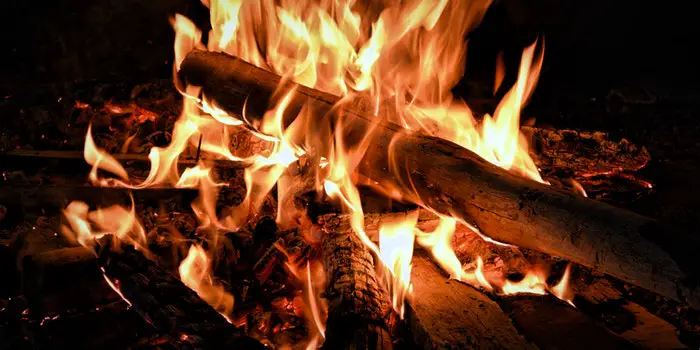
Element 3 - The size and fuel of the fire
According to physics.stackexchange.com, a bigger fire does not necessarily translate into hotter burning. However, it might help to insulate the core of fire from the cold and consequently make it last longer. If more fuel is introduced to the fire, the temperatures might get higher.
FAQ
What is temperature of campfires?
The temperature of a campfire will vary according a number of variables. Overall, it can range from approximately 900°F (~482°C) to 2000°F (~1100°C).
What is the best fuel for campfires?
The answer is: it depends. Overall, we assume that having a natural gas fire pit will not be possible in most campgrounds (gas fire pits are more prone to backyards or places with adequate infrastructure).
Hence, if you are looking for an accessible alternative that does not produce smoke, stick to propane pit options. There are multiple portable alternative options these days – check it on amazon.
Alternatively, if you are planning to cook meals and enjoy the ritual of setting a fire (collecting wood, drying it out), woodfire options should be your choice.
Alternatively, if you are planning to cook meals and enjoy the ritual of setting a fire (collecting wood, drying it out), woodfire options should be your choice.
What is the best campfire fuel for cooking?
Whilst you can theoretically cook with propane, gas, and woodfire options, we recommend using wood logs. The burning fire coming from them will create a unique ambience and provide your meal with a tasty smoky flavour and aroma.
The unique taste delivered by woodfires results from flames breaking down wood’s organic components. The woodfire smoke penetrates the food, resulting in a delicious dish.
What is the best firewood option?
After reading multiple resources, we found an interesting article produced by the New Mexico State University. It details some firewood facts, including a table summarizing the rating for different wood types when considering their capacity. Overall, Ash, red oak, white oak, beech, birch, hickory, hard maple, pecan and dogwood are excellent alternatives.
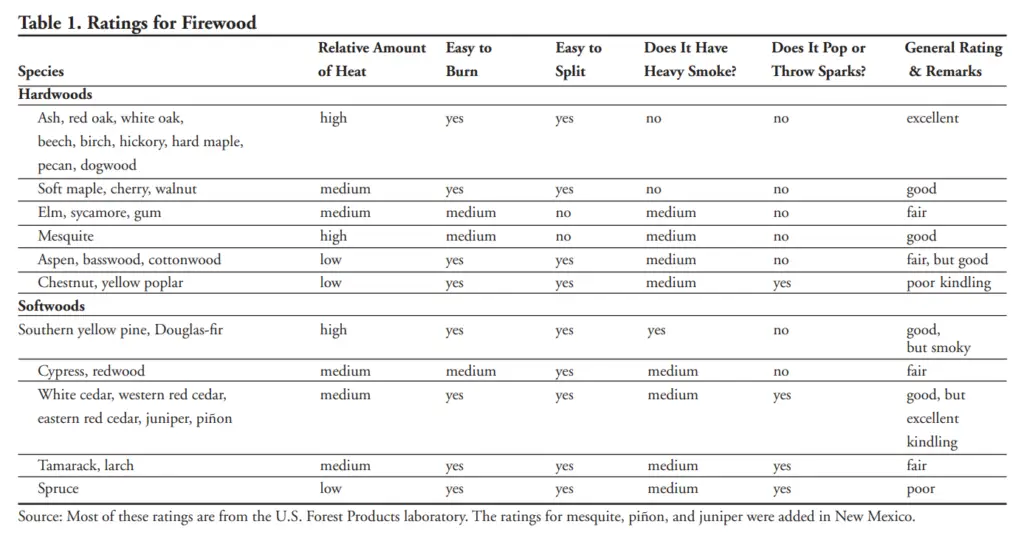
How do I build a fire?
This interesting video from Rei.com shows in detail the step-by-step on how to build a fire.
What is the best way to burn wood, in a fireplace or a stove?
Overall, according to an article from the New Mexico State University, stoves are more effective and give three times the heat as a fireplace does. Regardless of your choice, bear in mind that both should be cleaned regularly (at least once per year).
How can I measure my campfire temperature?
We recommend you use an infrared thermometer. They are very easy to use and cost less than $30 (depending on the model). We have a Etekcity Infrared Thermometer 774, which is very robust and easy to use.
Can I safely Roast Marshmallows Over A Gas or Propane Fire Pit?
Yes, there are no problems with it. You can use either gas or propane campfires to roast your marshmallows.
What type of firewood produces the least amount of smoke?
The table above details that ash, red oak, white oak, beech, birch, hickory, hard maple, pecan dogwood, soft maple, cherry and walnut do not produce heavy smoke.
How long does a propane tank last on a fire pit?
A 20Lb (9.1 kgs) propane tank can last from 4 to 9 hours. It will depend on the amount of fire output required.
Can I use gasoline to start my campfire?
As tempting as this might be, we highly recommend you AVOIDING use gasoline to start a campfire. Gasoline is highly flammable and, if not handled properly, can cause a significant accident. Therefore, DO NOT use it.
How to light my campfire?
The video below gives excellent tips when it comes to lighting your campfire – have a look at it!
Some tips:
a) Before starting, check whether there are any fire bans in your area
b) Use a fire pit / fire ring to help with air flow protection
c) For fire starters, you can use cotton, newspaper, dryer lint, or even corn chips
d) Use first small kindling to start it
d) Progressively switch over to larger wood pieces.
Is it important to extinguish a campfire? How do I do it?
It is very important to extinguish your campfire and ensure that re-ignition does not happen. The best way to do it is by drowning it with water.
How can I heat my tent without a campfire?
There are multiple ways you can heat a tent without a campfire. We have drafted some articles that can help you with:
a) Tent Heaters – The Camping Air Conditioner
b) Are Propane Heaters Safe in a Tent? We answer in this post. (thecampingairconditioner.com)
c) How to heat a tent without electricity? (thecampingairconditioner.com)
Conclusion
As seen, the temperature of a fire can reach up to 2000°F (~1100°C). Overall, fires are influenced by: the type of fuel used, presence of oxygen, and fire size.
If you plan to use your campfire to heat yourself on winter days, consider using natural gas and propane alternatives since they are easy to handle and maintain (you can also use a tent heater).
On the other hand, if you plan to use your campfire for cooking meals, woodfires might help you with that particular smoky taste.


